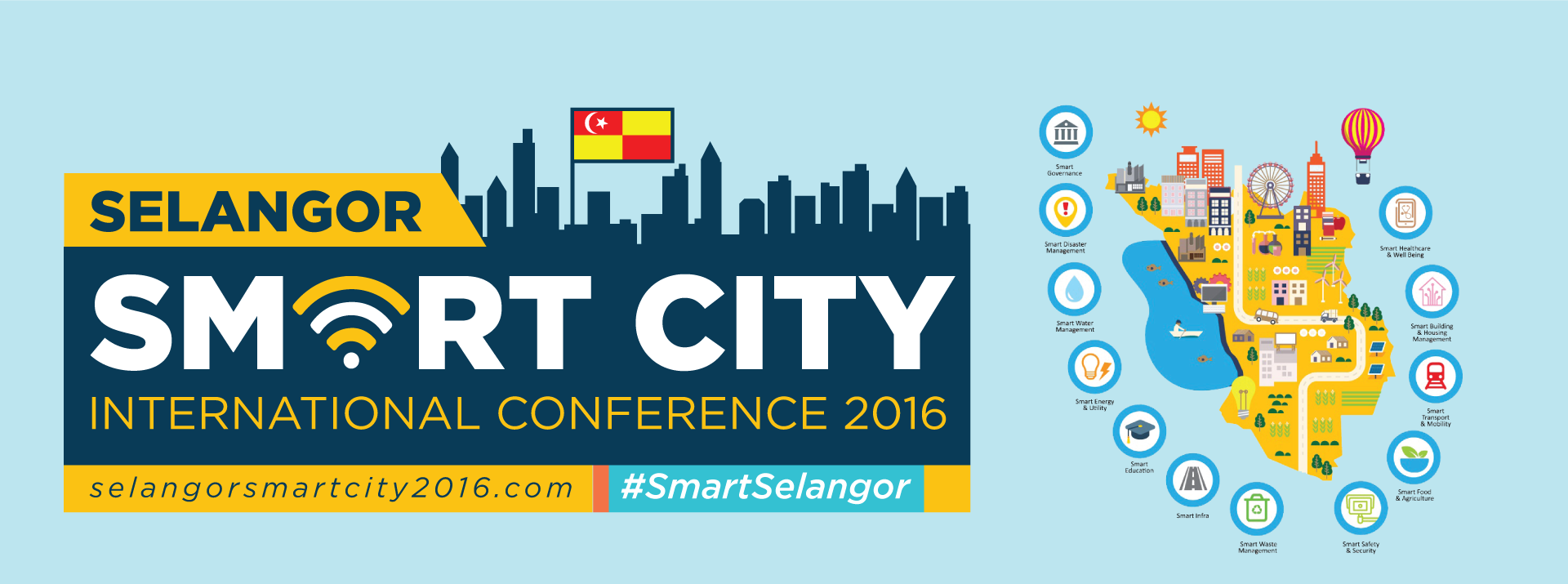

Taluka was transferred to Nalgonda District from Warangal district. Districts were delimited in 1905 Jangaon (Cherial), Taluka and Kodar (Kodad). In 1905 the Princely state of Hyderabad was sub-divided into four divisions Aurangabad Division, Gulbarga Division, Gulshanabad Division and Warangal Division. Bhonagheer, Davercondah and Nelgoondah Circars merged to form Nalgonda District but the Jangaon area was transferred from Bhongir Circar to Warangal District in 1866, Cherial was renamed Taluka by adding some parts of Wardannapet region, with its headquarters at Jangaon. In 1866 new districts were created all Circars were delimited and merged. Jangaon is mentioned as Zungaon in an 1854 map. In 1854 the Jangaon area was under the administrative region of Bhonagheer Circars. Qamar-ud-din Khan Asaf Jah I declared sovereignty in 1724 and established the Asaf Jahi Dynasty. The Mughal emperor Aurangzeb conquered Golconda in 1687 and it remained part of the Mughal empire. The region was part of the Bahmani Sultanate and then the Sultanate of Golconda Qutb Shahi dynasty in 1512. After the demise of the Nayaks 50-years rule, this region came under the Kakatiya dynasty from 1195 to 1323, before being annexed to the Delhi Sultanate under Tughlaq rule. One of the most acclaimed Telugu poets of all time Bammera Pothana was born in the village of Bammera in Jangoan in 1450 AD. Jangaon was the second capital region of the Kalyani Chalukyas in the 11th century. Jain Thirthankara sculptures that were found in the excavations near the town revealed the existence of Jainism in the Megalithic age. 1979 Jangaon Taluk Split in 3 Taluks Cherial, Kodakandla & Jangaon


 0 kommentar(er)
0 kommentar(er)
